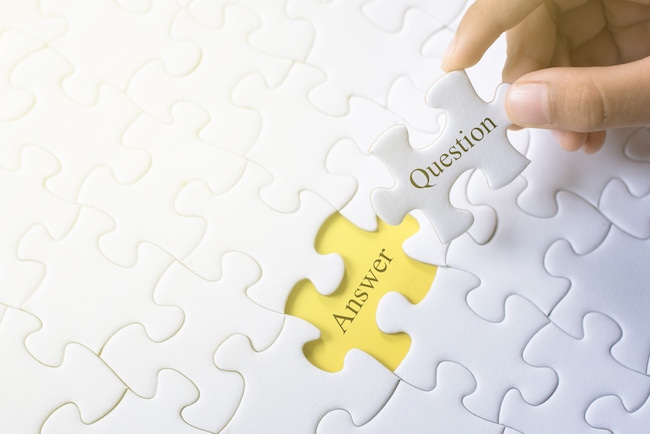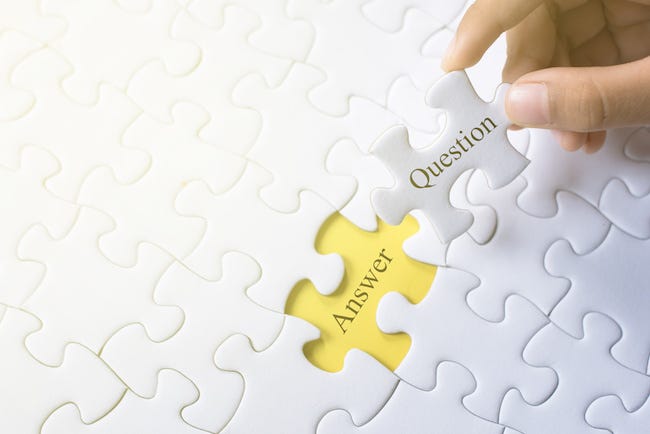When I wrote about Closed Loop Partners’ announcement of a pilot program to test reusable coffee cups in San Francisco and Oakland, CA, I had a few questions about the actual sustainability of a reusable-cup scheme. I was pleasantly surprised when I received a timely response.
February 21, 2020

When I wrote about Closed Loop Partners’ announcement of a pilot program to test reusable coffee cups in San Francisco and Oakland, CA, I had a few questions about the actual sustainability of a reusable-cup scheme. I was pleasantly surprised when I received a response in my inbox from Georgia Sherwin, Communications Associate for Closed Loop Partners.
|
Muuse’s reusable cups being tested in the pilot program in San Francisco are made out of “double-walled, vacuum-sealed stainless steel,” said Sherwin. “The lids are “’05 PP with a silicone sealer.” An app allows Muuse to “carefully track inventory management on the back-end to ensure no points of return are overflowing, and cafes always have enough stock.”
CupClub’s reusable cups, which are being tested in Palo Alto and Stanford, CA, are made of virgin polypropylene and their lids are made from low-density PE. CupClub has a publicly available life-cycle analysis based on its work in the United Kingdom. The extensive 55-page report can be found on CupClub’s website.
“We are also testing single-use alternatives to the traditional polyethylene liners in cups that help to make them more recyclable and/or compostable,” explained Sherwin. “Footprint is 100% virgin, white, certified-recyclable paperboard with an optional aqueous-based coating that is impregnated into the fiber pulp. PTT MCC Biochem (which is testing them in Oakland, CA) uses a bioPBS coating to make cups that are both recyclable and compostable,” said Sherwin.
Regarding the water and transport variables (Sherwin didn’t mention the energy factor), “this is one area we will be measuring and evaluating during the pilot.”
I thank Sherwin for following up quickly with the answers to my questions. Inquiring minds want to know!
Image: Hafiez Razali/Adobe Stock
About the Author(s)
You May Also Like




